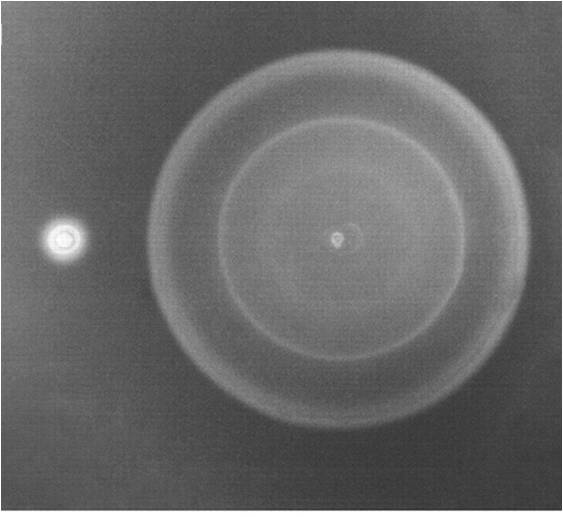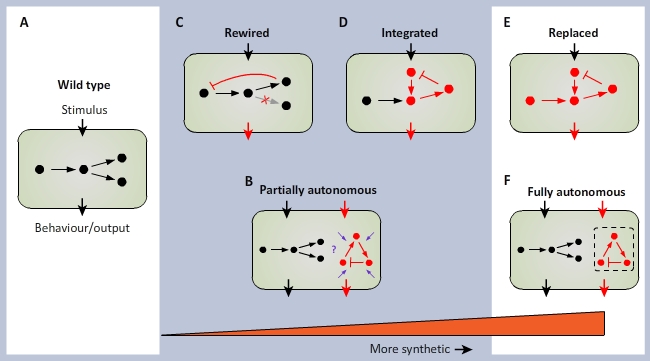Team:Goettingen
From 2012.igem.org
| Line 545: | Line 545: | ||
<br> | <br> | ||
Visit our <a href="https://2012.igem.org/Team:Goettingen/Team">team site</a> to learn more about us and our supporters and advisors! | Visit our <a href="https://2012.igem.org/Team:Goettingen/Team">team site</a> to learn more about us and our supporters and advisors! | ||
| - | |||
And, last but not least, do not forget to check out our mascot <a href="https://2012.igem.org/Team:Goettingen/Human_Practice/Flash_coli">"Flash Coli"</a>! He always has some interesting stories to tell and needs YOUR help to fight the horrible phages! | And, last but not least, do not forget to check out our mascot <a href="https://2012.igem.org/Team:Goettingen/Human_Practice/Flash_coli">"Flash Coli"</a>! He always has some interesting stories to tell and needs YOUR help to fight the horrible phages! | ||
<br><br> | <br><br> | ||
| Line 580: | Line 579: | ||
<table cellpadding="3"><tr><td> | <table cellpadding="3"><tr><td> | ||
<img width="400 px" src="http://www.patrickreinke.de/igem/homingcoli.jpg"></td> | <img width="400 px" src="http://www.patrickreinke.de/igem/homingcoli.jpg"></td> | ||
| - | <td valign="top"; cellpadding="30"><font size="- | + | <td valign="top"; cellpadding="30"><font size="-2"> <a href="http://jb.asm.org/content/186/22/7529.full"> <p align="justify">Clive S. Barker <i> et al. </i> (2004). Increased Motility of <i> Escherichia coli </i> by Insertion Sequence Element |
Integration into the Regulatory Region of the flhD Operon. Journal of Bacteriology, Vol. 186: 7529-7537.</a> </font><br> | Integration into the Regulatory Region of the flhD Operon. Journal of Bacteriology, Vol. 186: 7529-7537.</a> </font><br> | ||
</td></tr> | </td></tr> | ||
| Line 587: | Line 586: | ||
<br> | <br> | ||
| + | <font size="-1"> | ||
<h2><b><a name="Synthetic_Biology"></a>Synthetic Biology</b></h2> | <h2><b><a name="Synthetic_Biology"></a>Synthetic Biology</b></h2> | ||
| Line 608: | Line 608: | ||
<img src="http://www.patrickreinke.de/igem/synbio.jpg"> | <img src="http://www.patrickreinke.de/igem/synbio.jpg"> | ||
<br> | <br> | ||
| - | <font size="- | + | <font size="-2">After Nandagopaland and Elowitz (2011). A continuum of synthetic biology. Wild-type cells (<b>A</b>) |
| - | + | can be subject to two basic types of synthetic manipulation. (<b>B</b>) Autonomous synthetic circuits, consisting of | |
| - | + | ectopic components, may be introduced into the cell. Such circuits process inputs and implement functions (red arrows) | |
| - | + | seperate from the endogenous circuitry (black). However, unknown interactions with the host cell may affect their function | |
| + | (purple arrows) (<b>C</b>)An alternative is to rewire (red lines) the endogenous circuits themselves to have new connectivity. | ||
| + | (<b>D</b>) Extending this line of synthetic manipulation, synthetic circuits could be integrated into appropriately rewired | ||
| + | endogenous circuitry to act as sensors and to implent additional functionality. Ultimate goals of this program are to be | ||
| + | able to design and construct (<b>E</b>) synthetic circuits that can functionality replace endogenous circuits or (<b>F</b>) | ||
| + | fully autonomous circuits that operate independently of the cellular mileu. | ||
| + | <a href="http://www.its.caltech.edu/~haylab/research/SBReview2011.pdf">Nagarajan Nandagopal and Michael B. Elowitz. (2011). Synthetic Biology: Integrated | ||
Gene Circuits. SCIENCE, Vol. 333: 1244-1248.</a> </font><br> | Gene Circuits. SCIENCE, Vol. 333: 1244-1248.</a> </font><br> | ||
<br> | <br> | ||
| + | <font size="-1"> | ||
Another very important and necessary feature of biological parts is orthogonality, | Another very important and necessary feature of biological parts is orthogonality, | ||
which means in this context that independent devices can be combined unrestrictedly. | which means in this context that independent devices can be combined unrestrictedly. | ||
Revision as of 12:19, 17 September 2012

|
Language: Welcome to iGEM Göttingen
In November 2011, most of us heard about iGEM competition for the first time.
Erik, inspired by his former colleagues´ enthusiastic reports, was looking for like-minded people at his new university that
were willing to organize a whole project in the field of Synthetic Biology. He described the idea of the contest to anybody willing to listen. It did not take
long to find five other interested students. Thus, the so called organization task force of the first iGEM Team of the University of Göttingen was formed.
Homing Coli
Escherichia coli is a commonly used bacterial model organism. It has lots of beneficial
traits, e.g. a short generation time and it can be easily manipulated. Most E. coli
strains that are used in laboratories do not exhibit high motility. The crucial element for
motility is the flagellum, which is rotated by a molecular motor within the cell wall.
Consequently, these are reduced in cultivated E. coli strains. Synthetic Biology
Synthetic biology is an interdisciplinary scientific area that has recently developed.
It links various fields of science like biology, chemistry, physics, molecular genetics,
informatics and engineering. ↑ Return to top
|
Flash Coli |
Team Göttingen Sponsors and Supporter |
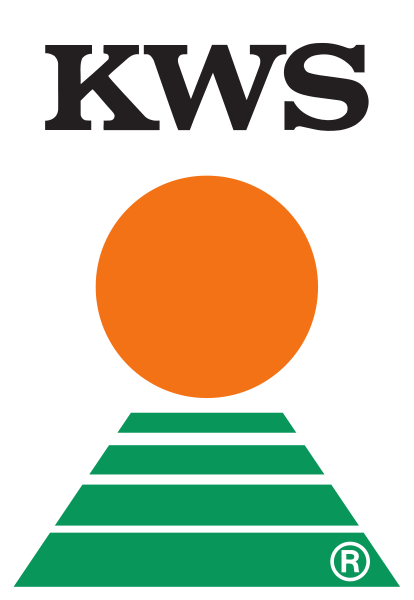 | 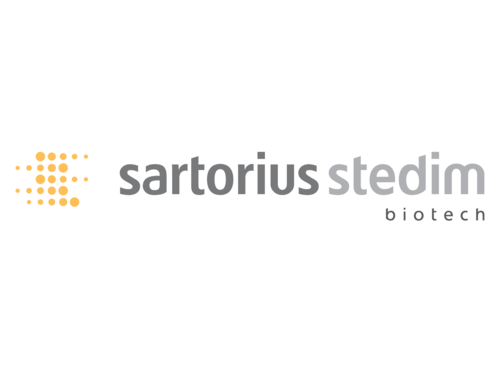 |
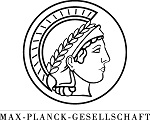
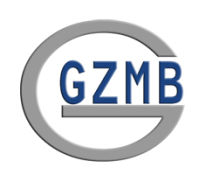

|
 "
"
